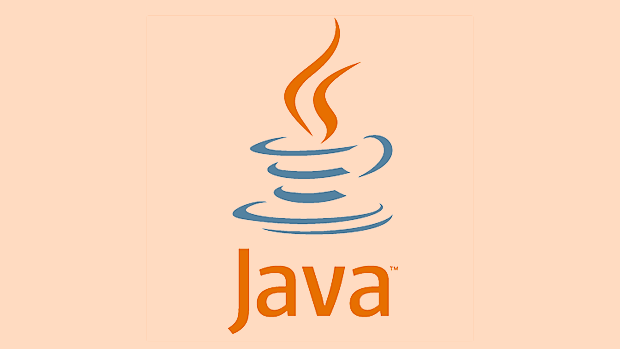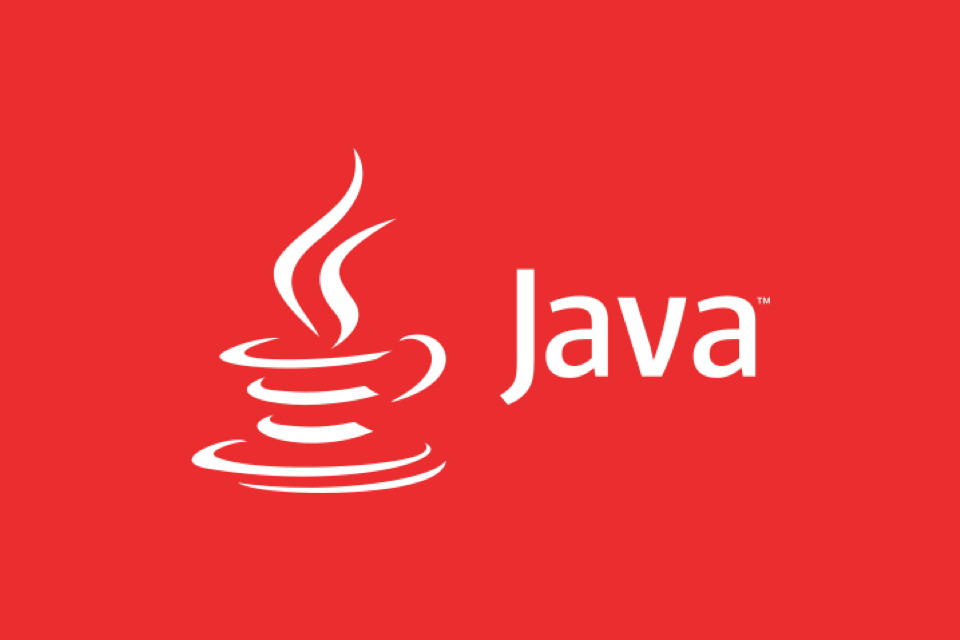The diamond problem occurs when a class inherits from two parent classes that both inherit from the same grandparent class, causing ambiguity in method resolution. 1. Java avoids this by not allowing multiple inheritance of classes. 2. However, Java allows implementing multiple interfaces with default methods, which can reintroduce similar conflicts. 3. When such conflicts occur, Java requires explicit resolution through method overriding in the implementing class. 4. Java’s rules prioritize class methods over interface methods and require manual resolution when interfaces conflict. This approach ensures predictability by forcing developers to make intentional decisions about method behavior.

Java doesn't directly support multiple inheritance — meaning a class can't extend more than one class. But what if two classes have a common ancestor and a subclass inherits from both? This is the core of what's known as the diamond problem, a term that comes from the shape of the class hierarchy diagram.

Even though Java avoids this by design, understanding the diamond problem helps explain why Java made certain design decisions.
What causes the diamond problem?
The issue pops up when a class inherits from two parent classes that both inherit from the same grandparent class. It looks like this:

A
/ \
B C
\ /
DNow imagine A has a method called foo(). Both B and C may override it. When you call foo() on an instance of D, which version should run?
This ambiguity leads to complexity in resolving which method to use. Languages like C try to handle this with virtual inheritance, but Java chose a simpler route: no multiple inheritance of classes.

How does Java avoid the diamond problem?
Java avoids the issue entirely by not allowing a class to extend multiple classes. You can only extends one class. However, Java allows a form of multiple inheritance through interfaces.
Starting from Java 8, interfaces can have default methods. That means a class can implement multiple interfaces that provide default behavior — and yes, this can bring back something similar to the diamond problem.
For example:
interface A {
default void foo() {
System.out.println("A's foo");
}
}
interface B extends A {
default void foo() {
System.out.println("B's foo");
}
}
interface C extends A {
default void foo() {
System.out.println("C's foo");
}
}
class D implements B, C {
}Here, D inherits conflicting foo() methods from both B and C. So how does Java resolve this?
How Java resolves method conflicts in interfaces
When there's a conflict between default methods, Java forces the developer to explicitly resolve the issue by overriding the method in the implementing class.
In the above case, you'd need to do something like this:
class D implements B, C {
@Override
public void foo() {
// Choose one or define new logic
B.super.foo(); // Or C.super.foo();
}
}Java’s rule for resolution is simple:
- Classes win over interfaces.
- If a class and an interface both provide a method, the class's method is used.
- If two interfaces conflict, the implementing class must choose.
Practical takeaway
While Java avoids the classic diamond problem by disallowing multiple class inheritance, default methods in interfaces reintroduce some of the same issues — but in a controlled way. The key point is that Java makes you resolve conflicts explicitly rather than trying to guess what you meant.
So if you're designing interfaces or working with multiple implementations, pay attention to overlapping default methods. Otherwise, things might break or behave unexpectedly when someone else tries to implement them together.
That’s basically how Java handles it — not perfect, but predictable.
The above is the detailed content of What is the diamond problem in Java?. For more information, please follow other related articles on the PHP Chinese website!

Hot AI Tools

Undress AI Tool
Undress images for free

Undresser.AI Undress
AI-powered app for creating realistic nude photos

AI Clothes Remover
Online AI tool for removing clothes from photos.

Clothoff.io
AI clothes remover

Video Face Swap
Swap faces in any video effortlessly with our completely free AI face swap tool!

Hot Article

Hot Tools

Notepad++7.3.1
Easy-to-use and free code editor

SublimeText3 Chinese version
Chinese version, very easy to use

Zend Studio 13.0.1
Powerful PHP integrated development environment

Dreamweaver CS6
Visual web development tools

SublimeText3 Mac version
God-level code editing software (SublimeText3)

Hot Topics
 Difference between HashMap and Hashtable?
Jun 24, 2025 pm 09:41 PM
Difference between HashMap and Hashtable?
Jun 24, 2025 pm 09:41 PM
The difference between HashMap and Hashtable is mainly reflected in thread safety, null value support and performance. 1. In terms of thread safety, Hashtable is thread-safe, and its methods are mostly synchronous methods, while HashMap does not perform synchronization processing, which is not thread-safe; 2. In terms of null value support, HashMap allows one null key and multiple null values, while Hashtable does not allow null keys or values, otherwise a NullPointerException will be thrown; 3. In terms of performance, HashMap is more efficient because there is no synchronization mechanism, and Hashtable has a low locking performance for each operation. It is recommended to use ConcurrentHashMap instead.
 Why do we need wrapper classes?
Jun 28, 2025 am 01:01 AM
Why do we need wrapper classes?
Jun 28, 2025 am 01:01 AM
Java uses wrapper classes because basic data types cannot directly participate in object-oriented operations, and object forms are often required in actual needs; 1. Collection classes can only store objects, such as Lists use automatic boxing to store numerical values; 2. Generics do not support basic types, and packaging classes must be used as type parameters; 3. Packaging classes can represent null values ??to distinguish unset or missing data; 4. Packaging classes provide practical methods such as string conversion to facilitate data parsing and processing, so in scenarios where these characteristics are needed, packaging classes are indispensable.
 What are static methods in interfaces?
Jun 24, 2025 pm 10:57 PM
What are static methods in interfaces?
Jun 24, 2025 pm 10:57 PM
StaticmethodsininterfaceswereintroducedinJava8toallowutilityfunctionswithintheinterfaceitself.BeforeJava8,suchfunctionsrequiredseparatehelperclasses,leadingtodisorganizedcode.Now,staticmethodsprovidethreekeybenefits:1)theyenableutilitymethodsdirectly
 How does JIT compiler optimize code?
Jun 24, 2025 pm 10:45 PM
How does JIT compiler optimize code?
Jun 24, 2025 pm 10:45 PM
The JIT compiler optimizes code through four methods: method inline, hot spot detection and compilation, type speculation and devirtualization, and redundant operation elimination. 1. Method inline reduces call overhead and inserts frequently called small methods directly into the call; 2. Hot spot detection and high-frequency code execution and centrally optimize it to save resources; 3. Type speculation collects runtime type information to achieve devirtualization calls, improving efficiency; 4. Redundant operations eliminate useless calculations and inspections based on operational data deletion, enhancing performance.
 What is an instance initializer block?
Jun 25, 2025 pm 12:21 PM
What is an instance initializer block?
Jun 25, 2025 pm 12:21 PM
Instance initialization blocks are used in Java to run initialization logic when creating objects, which are executed before the constructor. It is suitable for scenarios where multiple constructors share initialization code, complex field initialization, or anonymous class initialization scenarios. Unlike static initialization blocks, it is executed every time it is instantiated, while static initialization blocks only run once when the class is loaded.
 What is the Factory pattern?
Jun 24, 2025 pm 11:29 PM
What is the Factory pattern?
Jun 24, 2025 pm 11:29 PM
Factory mode is used to encapsulate object creation logic, making the code more flexible, easy to maintain, and loosely coupled. The core answer is: by centrally managing object creation logic, hiding implementation details, and supporting the creation of multiple related objects. The specific description is as follows: the factory mode handes object creation to a special factory class or method for processing, avoiding the use of newClass() directly; it is suitable for scenarios where multiple types of related objects are created, creation logic may change, and implementation details need to be hidden; for example, in the payment processor, Stripe, PayPal and other instances are created through factories; its implementation includes the object returned by the factory class based on input parameters, and all objects realize a common interface; common variants include simple factories, factory methods and abstract factories, which are suitable for different complexities.
 What is the `final` keyword for variables?
Jun 24, 2025 pm 07:29 PM
What is the `final` keyword for variables?
Jun 24, 2025 pm 07:29 PM
InJava,thefinalkeywordpreventsavariable’svaluefrombeingchangedafterassignment,butitsbehaviordiffersforprimitivesandobjectreferences.Forprimitivevariables,finalmakesthevalueconstant,asinfinalintMAX_SPEED=100;wherereassignmentcausesanerror.Forobjectref
 What is type casting?
Jun 24, 2025 pm 11:09 PM
What is type casting?
Jun 24, 2025 pm 11:09 PM
There are two types of conversion: implicit and explicit. 1. Implicit conversion occurs automatically, such as converting int to double; 2. Explicit conversion requires manual operation, such as using (int)myDouble. A case where type conversion is required includes processing user input, mathematical operations, or passing different types of values ??between functions. Issues that need to be noted are: turning floating-point numbers into integers will truncate the fractional part, turning large types into small types may lead to data loss, and some languages ??do not allow direct conversion of specific types. A proper understanding of language conversion rules helps avoid errors.






